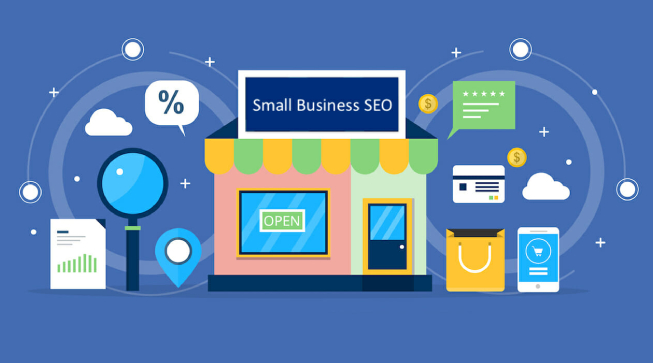Most marketing gurus now agree on two key facts that apply to almost any business: * it takes at least seven ‘touches’ to turn a prospect into a sale. * it costs at least seven times as much to secure a new customer as to keep an existing one. Which means every successful business needs to have three tools at its disposal: * One to secure the loyalty of its customer base. * A second, to deliver those seven ‘touches’ after a prospective client first makes contact. * A third, that allows existing satisfied customers to pass referrals to friends, colleagues, and contacts. In addition, one simple marketing technique can do all three jobs – efficiently, measurably, and cost-effectively. That tool is a carefully crafted and targeted newsletter. Groaning at the thought of the effort required on your part. Then groan no more! There are companies out there that will design, write, and deliver your newsletter! All you have to do is service the extra business that will generate from your client base. Knowing there are people who will do the painful stuff for you, read on to find how newsletters make such a difference. It is a fair bet that someone out there right now is ready to buy what you are selling. However, they will buy from your competition, either because they do not know you, or because they have forgotten about you. With newsletters, you can reach out on a regular basis to your customer base. This valuable content will raise your profile, encourage repeat business, generate referrals, and be a permanent reminder of your brand and the value you offer. …but it has to be professional! Keeping your existing customers should be at the front of your mind. In fact, it should be the first thing you think about when you are looking at the marketing budget.
This is where carefully targeted spending can and will deliver the best return on investment. A quality newsletter, delivered just often enough (but not too often), and offering something genuinely interesting or valuable to your customers, will ensure that customers are: * reminded about your company, and its products and services, at regular intervals * inspired and excited by stories from other satisfied clients * informed about new offerings – and, perhaps, given valuable introductory offers * encouraged to pass on your details to friends and colleagues Many businesses make the mistake of writing a newsletter ‘in-house’, – but it’s common knowledge that unless a business specializes in copywriting and design, it can accidentally create a lasting negative impression, and do more harm than good. For example: Imagine: You have just opened a bookstore. Your first customer comes in. They probably will only say ‘hello’ to you. Then they will start looking at the books – browsing. If you are very lucky, they will buy one. More likely, they will put the book back on the shelf, and depart without more ado. So how would you respond? Well, you could say ‘Excuse me, are you planning to buy a book?’ You could say, ‘This isn’t a library, you know.’ Alternatively, you could say, ‘That’s an interesting one, isn’t it? Have you seen his latest?’ In other words, you could actively encourage that customer to come back and keep browsing until they find something they want to buy. A good newsletter is just like that. It was not written to sell your product directly – or at the very least, not all the time. It was written to encourage active browsing.
To make your visitors come back to your website, repeatedly, until they are ready to buy. Think about that bookshop again. Suppose, as your browser was leaving, you said this: ‘I can see you’re a keen reader. Would you like to sign up for our free newsletter?’ Why is that so important? Well, think about it. If the customer says ‘yes’ you’re going to get their name and address. You are going to be able to send things to them – and get a better idea of their likes and dislikes. In addition, you will know that when there is a new thriller on the market, that first customer will be eagerly awaiting the chance to buy it. The equivalent tool on your website is a form inviting visitors to sign up to the newsletter – and it should be there on every page. Because what you really want, is that visitor’s email address – along with their permission to send them your newsletter. In marketing terms, that is pure gold. In the course of time, you will be able to build up an ever-growing list of people who are actively interested in what you do. You really could not ask for much more! Therefore, your first contact with that customer was not a sale. It was that friendly invitation to sign up for your newsletter. The sale came much later – possibly after six or seven newsletters. To sum up: A good newsletter can: * Secure the loyalty of existing customers – and remind them about the full range of products/services you offer * Win the confidence and interest of potential new customers who have paid only one visit to your website * Make it easy for existing customers to pass referrals to people they know who are likely to be interested.




